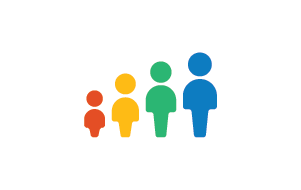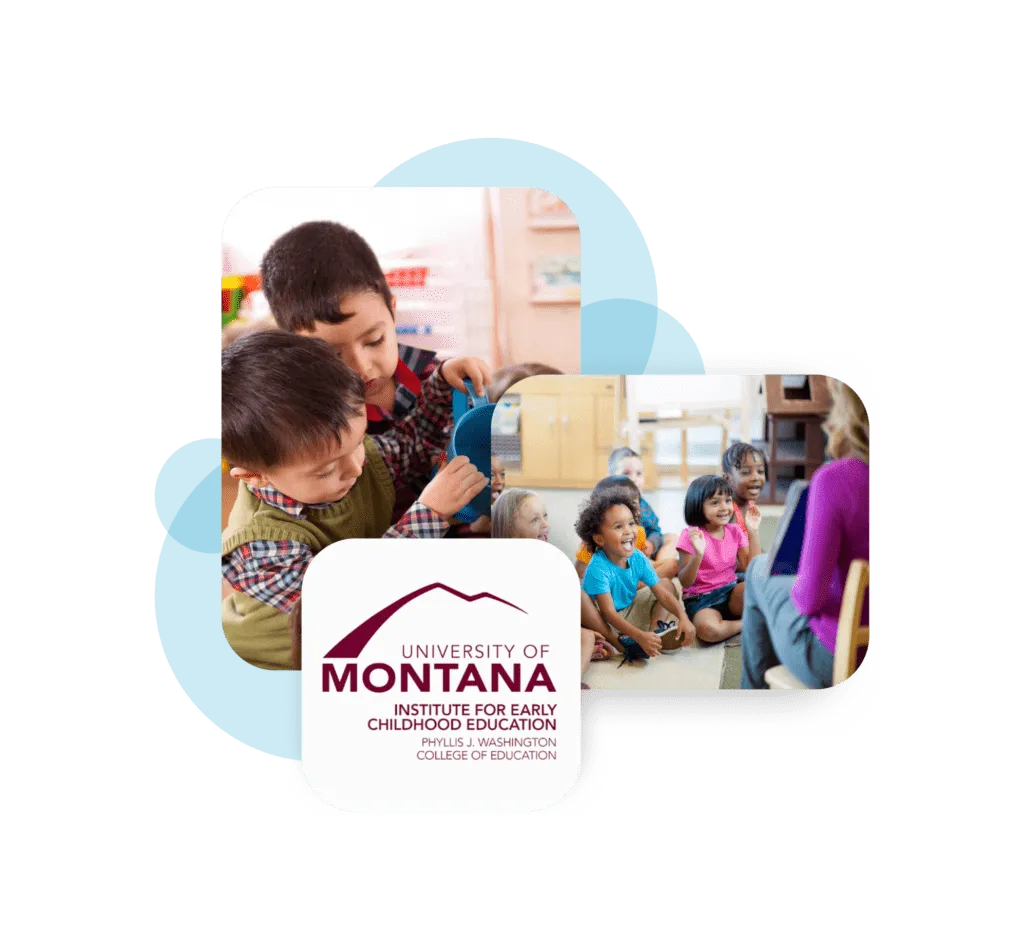Challenge
An important aspect of the University of Montana’s Institute for Early Childhood Education program is its Learning and Belonging (LAB) School—a real-world environment that immerses students in a “model” early childhood program, where they teach two mixed-age preschool classrooms and a full-day transitional kindergarten classroom.
Associate Professor and Director Dr. Allison Wilson was looking to select the best early childhood curriculum and assessment solution to prepare both the prospective teachers and the LAB School’s littlest learners.
Specifically, she sought
a seamlessly connected solution integrating both curriculum and assessment,
an impactful play-based curriculum that engages children in multiple ways and follows their interests into intentional investigations, and
effective tools and resources that entry-level graduates and prospective teachers could implement with ease.
Solution
Dr. Wilson’s deep experience in early childhood education led her to Teaching Strategies, which offers the highest quality curriculum and assessment as well as time-saving tools that are easy for new teachers to use.
 |
The Creative Curriculum is the leading research-based, top-ranked, whole-child early childhood curriculum, which rewards children’s curiosity with investigative hands-on learning. |
 |
The GOLD observational assessment integrates seamlessly with The Creative Curriculum, informing individualized learning that is developmentally appropriate for each child. |
“What I really like about The Creative Curriculum—especially for new teachers just entering the field—is the easy-to-follow structure for the teacher and [the fact] that it is play-based and the topics are meaningful to children.”
Allison Wilson, Ph.D., Associate Professor and Director, Institute for Early Childhood Education
Results
Supporting her graduate students and the greater community
Montana is one of 63 universities and colleges that partner with Teaching Strategies. The LAB School at the university not only prepares prospective teachers, but it also employs some of its graduates from the program. Dr. Wilson is also doing something incredibly special outside of the university. During the week, she partners with a local public school district that has three early childhood classrooms that are piloting The Creative Curriculum and GOLD. She provides them with guidance and support as they consider implementing the curriculum and assessment.
When asked what her advice would be to public schools when selecting early childhood curriculum and assessment, she said,
“Teachers and leaders really appreciate the scope and sequence of The Creative Curriculum because it is comprehensive. For public schools, it is a great solution because it’s not ‘here is a curriculum for language arts’, or ‘here is a curriculum for mathematics.’ Rather, it takes on that very developmentally appropriate, integrated approach.”
Making assessment intuitive and authentic
Unlike other assessment tools, GOLD provides a platform where teachers can simply click to upload notes and photos captured throughout the day and voilà—data is entered, progress is tracked, and connections to curriculum are made without having to fill anything out with pencil or paper, enter it into a system, or look at the data to determine individualization.
Individualized learning made easy
GOLD also helps streamline the process for planning curriculum. As opposed to planning curriculum and then hopefully identifying opportunities to assess learning later, the goals from The Creative Curriculum are tracked to help create even more individualized learning experiences.
University of Montana
Montana
• Students studying for their Master of Education in Early Childhood Education
• An average of 10 students graduate each year
• 1 of 63 universities and colleges that partner with Teaching Strategies
